my ten year old child's ears stick out, and i was just wondering if otoplasty can be performed on her at his age?
Answers (39)
From board-certified doctors and trusted medical professionals
Dr. Edward Buckingham, MD

Dr. Edward Buckingham, MD
Board Certified Facial Plastic Surgeon
Answer
Dr. Andrew Miller, MD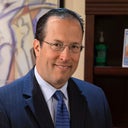

Dr. Andrew Miller, MD
Board Certified Facial Plastic Surgeon
Answer
Dr. Kenneth Bermudez, MD, FACS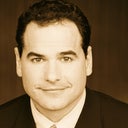

Dr. Kenneth Bermudez, MD, FACS
Board Certified Plastic Surgeon
Answer
Dr. Richard H. Tholen, MD, FACS

Dr. Richard H. Tholen, MD, FACS
Board Certified Plastic Surgeon
Answer
Dr. Andrew Campbell, MD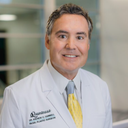

Dr. Andrew Campbell, MD
Board Certified Facial Plastic Surgeon
Answer
Dr. Vishnu Rumalla, MD

Dr. Vishnu Rumalla, MD
Board Certified Plastic Surgeon
Answer
Dr. Kevin Sadati, DO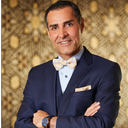

Dr. Kevin Sadati, DO
Facial Plastic Surgeon, Board Certified in Otolaryngology – Head and Neck Surgery
Answer
Dr. Thomas A. Lamperti, MD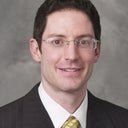

Dr. Thomas A. Lamperti, MD
Board Certified Facial Plastic Surgeon
Answer
More Ear Surgery Questions
See all Ear Surgery Q&AWE SEND PRETTY
EMAILS
What’s trending? Who’s turning heads? Which TikTok myths need busting? We’ve got you. No fluff, no gatekeeping—just real talk. Get our free, unfiltered newsletter.

